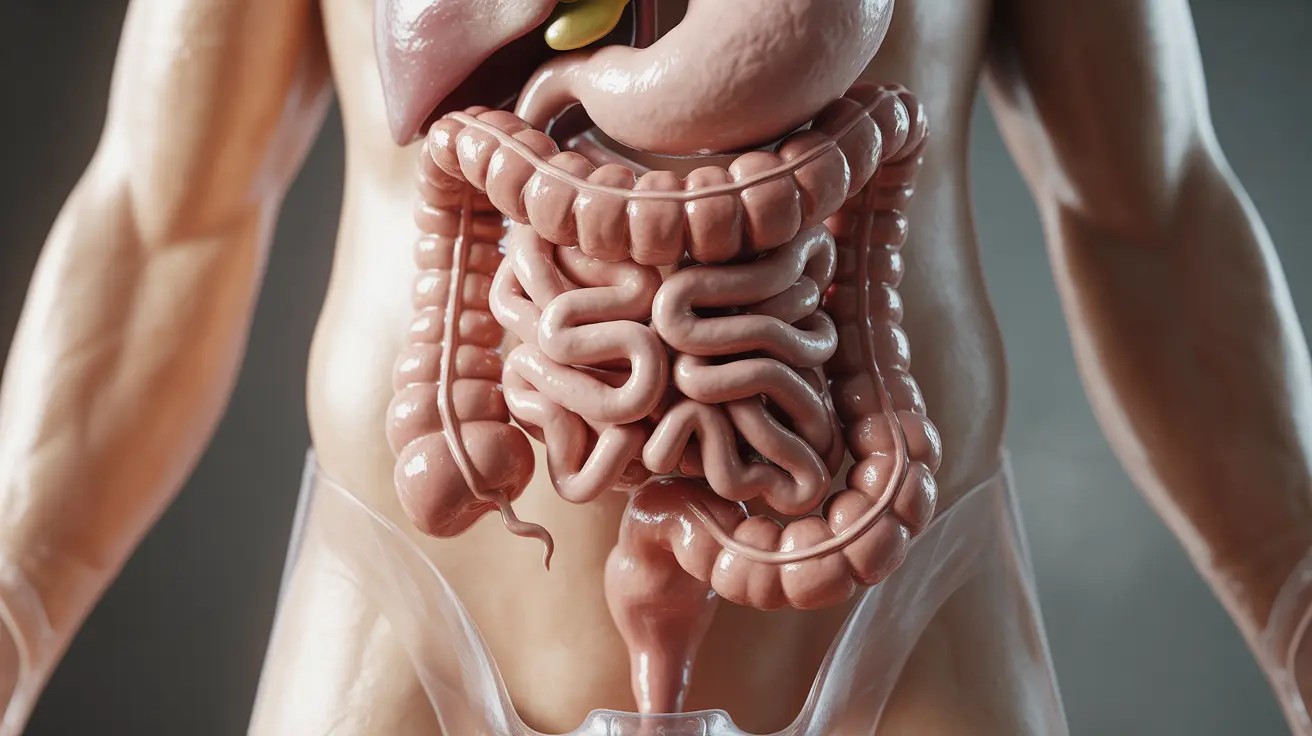A brain biopsy is a crucial diagnostic procedure where doctors remove a small sample of brain tissue for detailed examination. This specialized medical test helps physicians diagnose various neurological conditions, including tumors, infections, and inflammatory disorders that may not be identifiable through other diagnostic methods.
Understanding what a brain biopsy involves, its different types, and what to expect during recovery can help patients and their families feel more prepared for this important diagnostic procedure. This comprehensive guide explores the essential aspects of brain biopsies, from preparation to aftercare.
Types of Brain Biopsy Procedures
Medical professionals typically perform two main types of brain biopsies, each suited to different situations and diagnostic needs:
Stereotactic Brain Biopsy
This minimally invasive procedure uses advanced imaging technology and computer guidance to precisely target specific areas of the brain. Doctors make a small hole in the skull and insert a thin needle to collect the tissue sample. This approach is particularly useful for reaching deep brain structures or small lesions with minimal disruption to surrounding tissue.
Open Brain Biopsy
An open brain biopsy involves removing a section of the skull (craniotomy) to access the brain tissue directly. This method may be necessary when surgeons need to collect larger tissue samples or when the affected area is difficult to reach with stereotactic techniques.
The Brain Biopsy Process
Pre-Procedure Preparation
Before the biopsy, patients undergo several important steps:
- Detailed medical history review
- Physical examination
- Advanced imaging studies (MRI, CT scans)
- Blood tests
- Discussion of medications that may need to be temporarily stopped
During the Procedure
The brain biopsy procedure typically involves:
- Administration of appropriate anesthesia
- Careful positioning of the patient
- Implementation of sterile techniques
- Real-time imaging guidance
- Precise tissue sample collection
- Careful closure and bandaging
Recovery and Aftercare
Recovery from a brain biopsy varies depending on the type of procedure performed. Most patients require:
- Several hours of close monitoring in a recovery room
- 24-48 hours of hospital observation
- Regular neurological checks
- Pain management as needed
- Wound care instructions
- Follow-up appointments
Frequently Asked Questions
What is a brain biopsy and why is it performed?
A brain biopsy is a surgical procedure where doctors remove a small sample of brain tissue for laboratory analysis. It's performed to diagnose conditions such as brain tumors, infections, or inflammatory diseases that cannot be definitively diagnosed through other methods like imaging alone.
How is a stereotactic brain biopsy different from an open brain biopsy?
A stereotactic brain biopsy uses computer-guided imaging to perform a minimally invasive procedure through a small hole in the skull, while an open brain biopsy requires removing a larger portion of the skull to access the brain tissue directly. Stereotactic biopsies typically involve less recovery time and fewer risks.
What are the risks and potential complications associated with a brain biopsy?
Potential risks include bleeding, infection, brain swelling, seizures, and neurological deficits. While serious complications are rare, they can occur and should be discussed thoroughly with your healthcare team before the procedure.
How long does it take to recover from a brain biopsy and what should patients expect?
Recovery typically takes several days to weeks, depending on the type of biopsy performed. Patients usually spend 1-2 days in the hospital for monitoring, followed by a period of home recovery. Most can return to normal activities within a few weeks, though this varies by individual.
How do doctors use imaging technology to guide a brain biopsy procedure?
Doctors use advanced imaging techniques such as MRI, CT scans, and real-time navigation systems to create detailed maps of the brain, plan the safest approach to the target area, and guide the biopsy tools with precise accuracy during the procedure.




